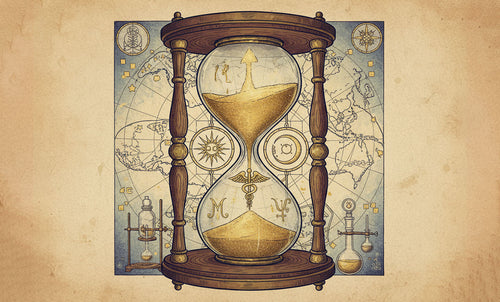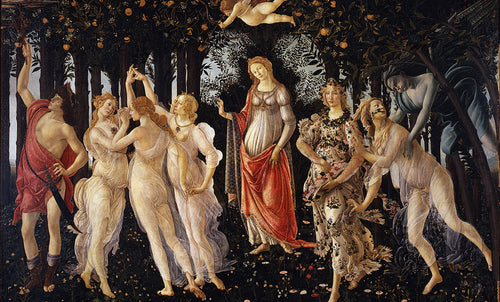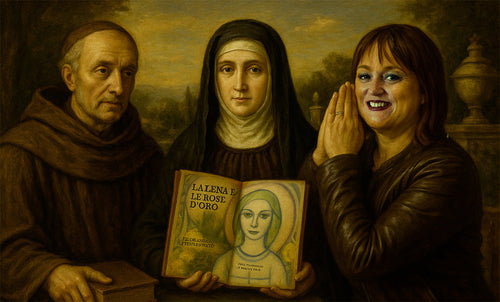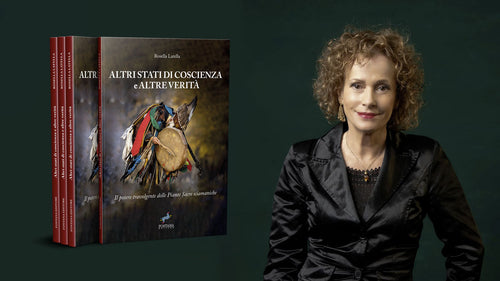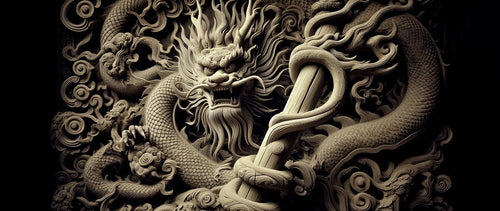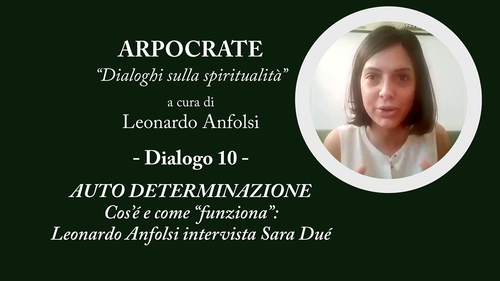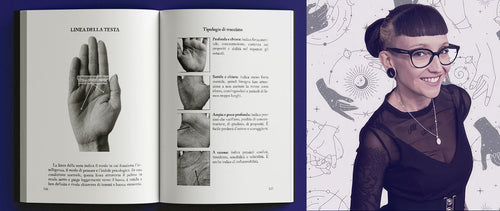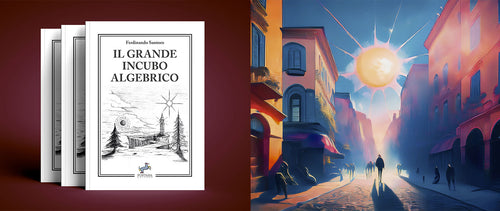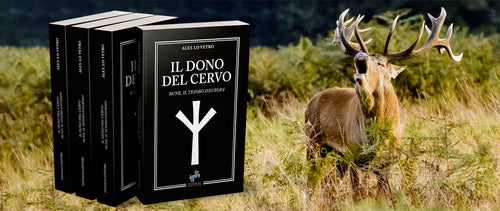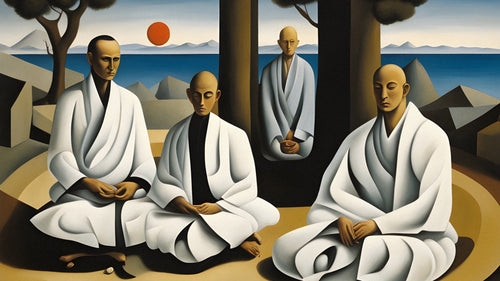
Objective Art. Some Notes on Gurdjieff's Music
Rocco FontanaMay God forgive these clumsy and naive attempts of mine. It has been said that to know the true rules that govern music is to know the reality of the Universe . Let us therefore begin by fixing some points:
Everything is created by vibrations. Everything around us, ourselves, our thoughts, emotions, are generated and generate vibrations.
You will then agree that everything is Sound . We ourselves are sound: our organs vibrate at certain frequencies, our thoughts at higher frequencies, our emotions at even higher frequencies. Our entire being is an amazing musical chord.
I remember reading in John Godolphin Bennett's book " Idiots in Paris " an episode in which Mrs. De Salzmann, a leading exponent of the Fourth Way school, was arguing with a pupil who was assigned to play Gurdjieff's pieces for the sacred dances. The latter could not understand Mr. Gurdjieff's reproaches and his insistence that she should not play in the correct key. The girl claimed that she played the score scrupulously, as she was a very competent pianist. Madame De Salzmann explained to her that the tonality of the piece was given by the inner octaves that were being solicited and not as it is usually understood in Western music. Therefore pieces that appear to be in the same key are not in reality in the same key at all. She also said that she had figured this out for herself by studying the chapter on the law of seven in Ouspensky's book " Fragments of an Unknown Teaching ." Here is something to think about.

In music, the relationship between two sounds is called an “interval.” Depending on the case, the interval is defined as consonant or dissonant. When two sounds of an interval interact, that is, are played simultaneously or in sequence, their interaction produces, or can produce, a third frequency, in practice a third force.
The most important interval in music theory is the octave interval. It is also very important for Gurdjieff.
The octave is a single interval and the two sounds that compose it are related to each other as double or half of each other, depending on whether the interval is ascending or descending. It is the framework within which the various musical scales are constructed. This is the most consonant interval of all. Therefore it does not generate the so-called “third force”.
The most consonant interval after the octave, known in music as the perfect fifth, produces a small amount of dissonance in the form of a third vibration, a third strength, very weak.
The next consonant interval is the dominant fourth interval and it generates a greater dissonance and therefore a stronger third force, and so on. The seventh, in the series of intervals, decreases in consonance and increases in dissonance with the tonic note (the main note, C, to simplify) and therefore produces a third force that begins to be evident and well perceived.
This interval, is known in music as the minor seventh. Continuing with this progression from total consonance to increasing dissonance, the 12th interval in the series – called the tritone – is so dissonant that at one point in the history of music, it was given the name “ Diabolus in Musica ” by the Church.
If each note of the scale contains within itself an inner octave (see the image above), the interaction between two notes will produce a series of relationships between the harmonics and sub-harmonics of each note and any dissonance generated will also produce the third force. In this case it can be said that the notes of a melody, with their external interrelations and especially the internal interrelations, are not just a mere series of conventional mathematical relationships, but express a specific character and a particular energy proper to that specific melody, and this could generate a series of very precise and above all objective effects and reactions in the listener.
The possibility of a conscious use of the inner octaves suggests the existence of an objective Science and Art capable of eliciting precise and easily replicable reactions , independently of the subject who comes into contact with it.
I end this brief suggestion of mine by expressing the wish that someone, far more competent in this matter, would like to offer his valuable contribution.

